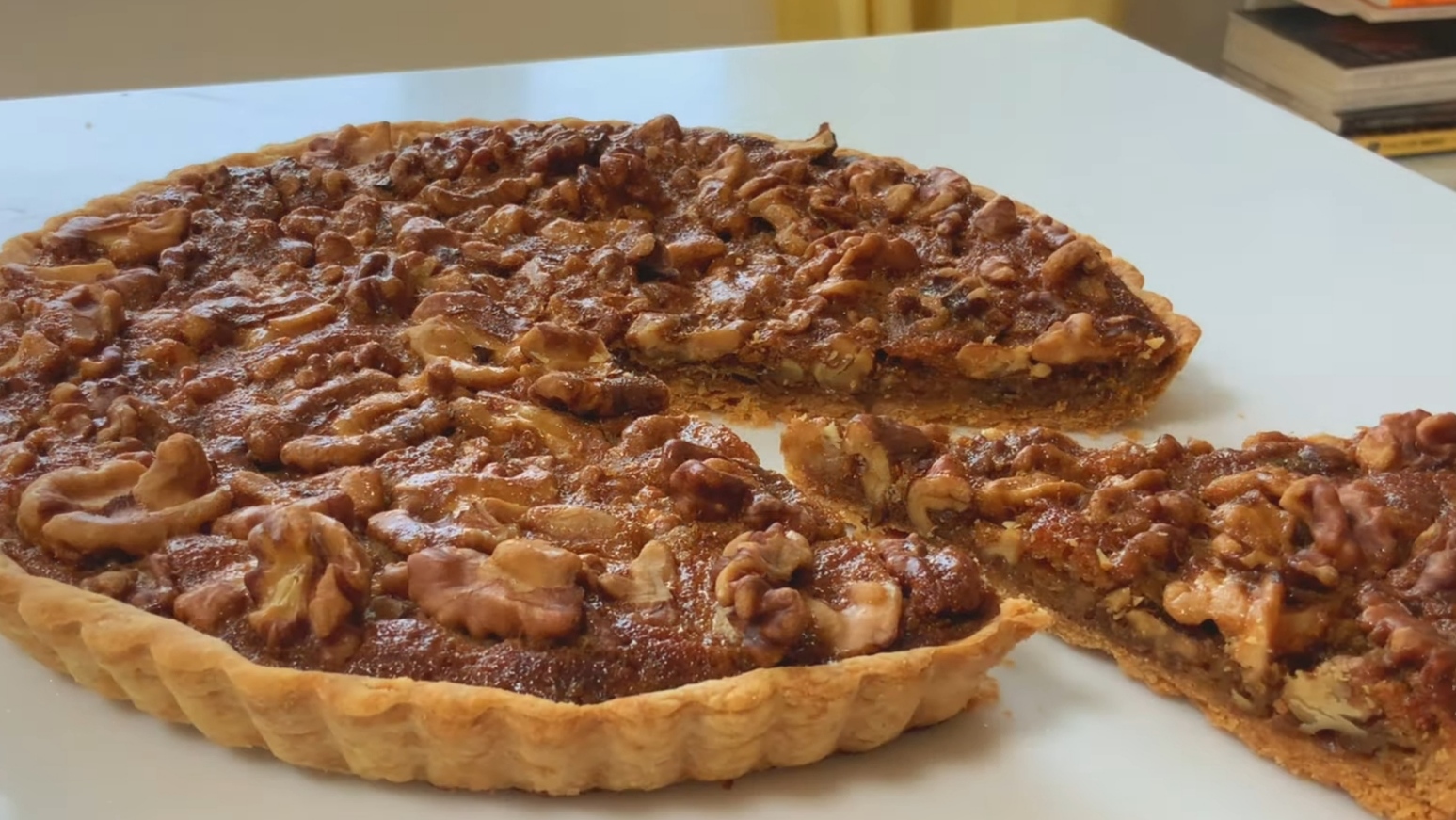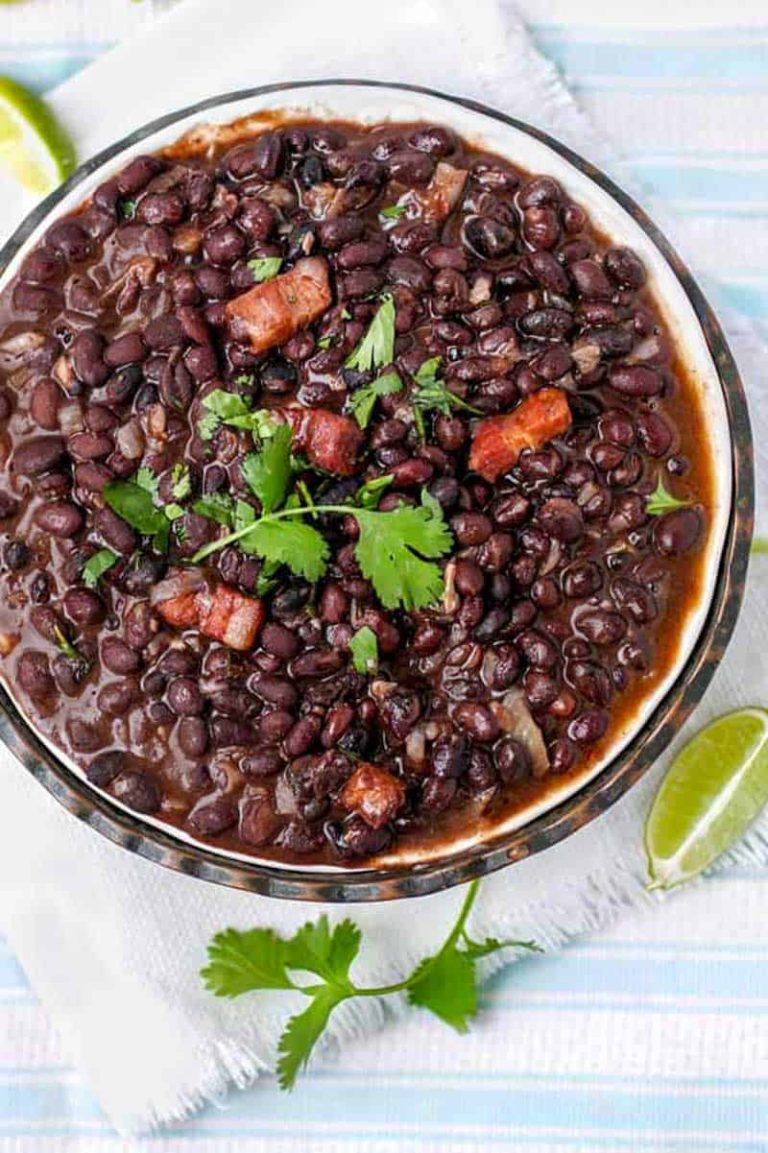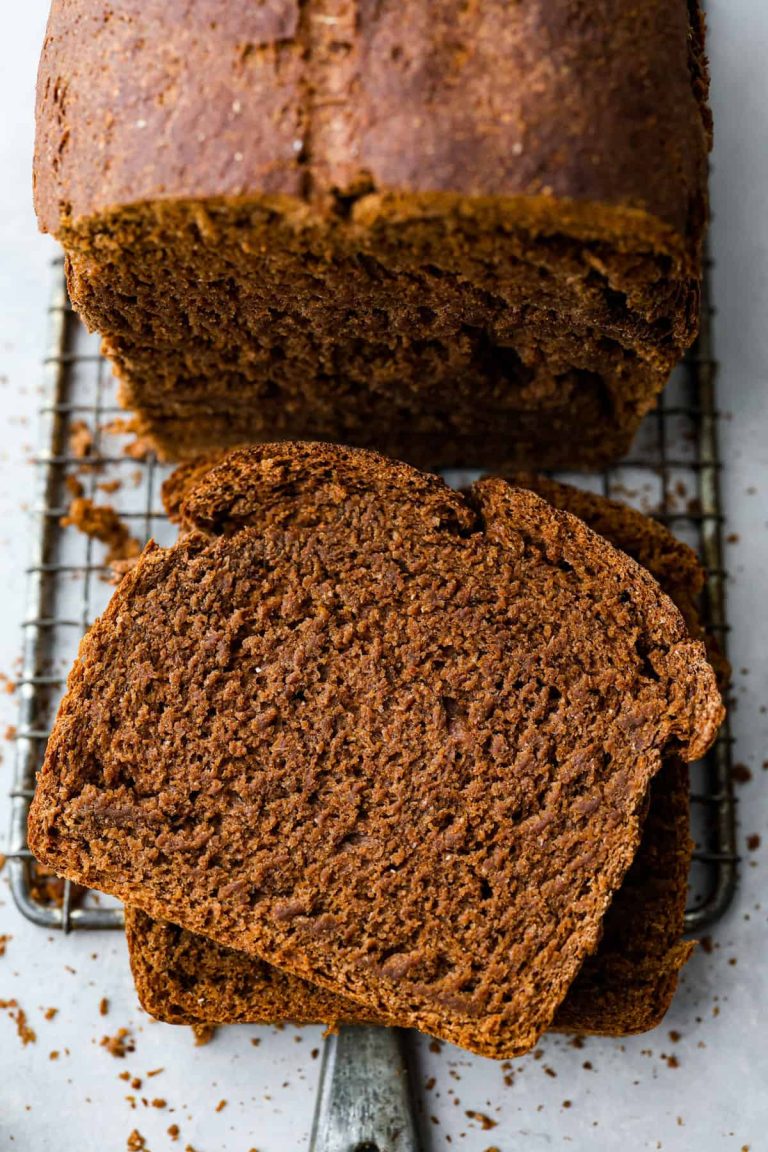English Walnut Pie Recipe: Origins, Preparation, and Health Benefits
English Walnut Pie has roots reaching back several centuries. Historical records trace its origins to European cuisine, where nuts like walnuts were staples in both savory and sweet dishes. By the 16th century, walnuts had become a prominent ingredient in English desserts. Walnut pie recipes appeared in cookbooks from this era, highlighting their growing popularity in English households. The pie’s enduring appeal stems from the versatility and richness of walnuts, which were cherished both for their flavor and nutritional value. Iconic dishes from this period often featured walnuts, demonstrating their significance in historical diets.
Regional Variations
While English Walnut Pie maintains a consistent core recipe, regional variations introduce unique twists. In the Southern United States, the incorporation of bourbon adds a distinctive flavor, reflecting the local culinary influences. Meanwhile, in regions like California, where walnut cultivation thrives, fresh, locally-sourced walnuts enhance the pie’s quality. Across the Atlantic in England, variations might feature golden syrup instead of corn syrup, lending a different sweetness profile. These regional adaptations underscore the pie’s versatility and widespread appeal, allowing it to cater to diverse palates and ingredient availabilities.
Key Ingredients in English Walnut Pie
Walnuts: Types and Selection
Walnuts serve as the core ingredient in English Walnut Pie. English walnuts, specifically, are preferred for their mild flavor and tender texture. You should select fresh and high-quality walnuts to ensure the best flavor. Look for walnuts that are uniform in size, light brown in color, and free from cracks or blemishes. Using freshly shelled walnuts can enhance the pie’s taste, avoiding pre-packaged nuts that might lose flavor over time.
The Role of Syrup in Flavor and Texture
Syrup plays a crucial role in the flavor and texture of English Walnut Pie. Typically, light corn syrup or golden syrup is used, each bringing a unique sweetness and consistency. Golden syrup, common in traditional English recipes, offers a rich, caramel-like flavor. Light corn syrup contributes a more neutral sweetness, letting the walnut flavor shine. The syrup helps bind the pie filling, providing a smooth yet slightly sticky texture that complements the crunch of walnuts.
Step-by-Step Recipe for English Walnut Pie
Preparing the Crust
Begin by gathering your ingredients: 1.5 cups of all-purpose flour, 1/2 cup of cold unsalted butter, and 1/4 cup of ice water. Combine the flour and butter using a pastry cutter or food processor until the mix resembles coarse crumbs. Gradually add the ice water, mixing just until the dough forms. If the water is added too quickly, the crust might become tough. Shape the dough into a disk, wrap it in plastic wrap, and refrigerate for at least 30 minutes. This helps the butter solidify and makes the dough easier to roll.
Mixing the Filling
For the filling, you need 1.5 cups of chopped English walnuts, 3/4 cup of light corn syrup, 3/4 cup of brown sugar, and 3 large eggs. First, preheat your oven to 350°F (175°C). In a large mixing bowl, whisk together the corn syrup, brown sugar, and eggs until smooth. Add 1 tsp of vanilla extract and a pinch of salt for enhanced flavor. Gently fold in the chopped English walnuts, ensuring they’re evenly distributed. Ensuring even mixing helps in achieving a consistent texture throughout the pie.
Baking Tips and Techniques
Roll out the chilled dough on a lightly floured surface until it’s roughly 12 inches in diameter. Carefully transfer the dough to a 9-inch pie dish, trimming any excess. Pour the walnut filling into the prepared crust. If the crust edges brown too quickly, cover them with foil strips. Bake on the center rack for about 55-60 minutes or until the filling is set and the top is golden brown. Let the pie cool completely on a wire rack before slicing. This prevents the filling from being too runny and ensures clean cuts.
Serving and Pairing Suggestions
Ideal Accompaniments to English Walnut Pie
Whipped Cream: Enhance the pie with a dollop of freshly whipped cream. The lightness contrasts the rich, nutty filling.
Vanilla ice cream: Serve the pie with a scoop of vanilla ice cream. The cold creaminess complements the sweet, crunchy texture.
Caramel Sauce: Drizzle caramel sauce over the pie. This adds a touch of buttery sweetness that pairs well with the walnuts.
Fresh Berries: Include fresh berries, such as strawberries or raspberries. Their tartness balances the pie’s sweetness.
Wine Pairing Ideas
Sweet Dessert Wines: Choose a sweet dessert wine like Port or Sauternes. Their rich, sweet profiles match the pie’s nutty flavors.
Sparkling Wines: Opt for sparkling wines like Prosecco. The bubbly effervescence adds a refreshing contrast to the dense filling.
Medium-Bodied Reds: Consider medium-bodied reds, such as Merlot or Pinot Noir. Their balanced acidity and fruity notes complement the pie’s richness.
Fortified Wines: Serve with fortified wines like Sherry or Madeira. Their complex flavors enhance the pie’s depth.
Health Benefits and Dietary Considerations
Nutritional Overview of English Walnut Pie
English Walnut Pie offers not only a delightful taste but also certain nutritional benefits. Walnuts, the primary ingredient, are rich in omega-3 fatty acids, which support heart health. They contain antioxidants that help reduce inflammation and improve brain function. A slice of English Walnut Pie typically provides dietary fiber, protein, and vitamins, including vitamin E and B6. However, it’s also high in calories and sugars due to the syrup and crust, so moderation is essential to balance its nutritional intake.
Adapting the Recipe for Dietary Restrictions
You can modify English Walnut Pie recipes to cater to various dietary needs. For a gluten-free version, substitute the standard crust with a gluten-free alternative, like almond or coconut flour. To reduce sugar content, use natural sweeteners like honey or stevia instead of corn syrup. For those with dairy allergies, replace butter with plant-based margarine or coconut oil. These adjustments ensure everyone can enjoy English Walnut Pie without compromising on dietary requirements.
Conclusion
English Walnut Pie offers a delightful blend of flavors and textures that can elevate any dessert table. By choosing fresh walnuts and the right syrup, you ensure a pie that’s both delicious and nutritious. Whether you’re enjoying it with a scoop of vanilla ice cream or a drizzle of caramel sauce, this pie is versatile enough to suit any occasion. Plus, with options to modify the recipe for various dietary needs, everyone can savor a slice. So go ahead and indulge in this timeless treat, knowing it brings both taste and health benefits to the table.






